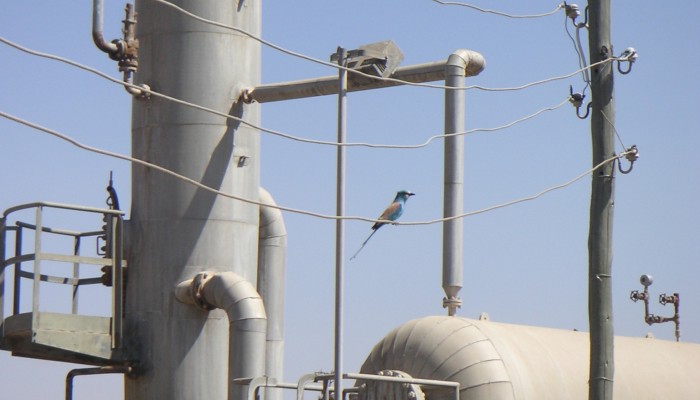
Ethiopia is one of the most impoverished nations in the world, in terms of the number of people who live without access to electricity. The World Energy Outlook reported that in 2014, 70 million people in Ethiopia, or 77% of the population, have no access to electricity. Ethiopia is also one of the more volcanically-active regions of the world, with 65 volcanoes or volcanic fields that are thought to have erupted within the past 10,000 years – though few of these volcanoes have been studied in any detail; and fewer still are closely monitored.
One benefit of this abundance of young volcanoes is that the geothermal energy potential of the region is significant – offering the potential of accessible and renewable low-carbon energy. Further south, along an extension of the Great Rift Valley, Kenya is already taking steps to exploit geothermal energy, with an installed capacity by December 2014 of 340 MW and an ambition to increase this by at least an order of magnitude within the next 15 years. In Ethiopia, current capacity currently stands at around 7 MW – provided by the Aluto Langano Power Plant, which was the first operational geothermal power plant in the country. In Ethiopia, as in Kenya, there is considerable ambition to develop geothermal power further – with the several volcanic centres identified as having the potential to supply 450 – 675 MW by 2020. In a country where per-capita electric power consumption is just 52 kWh (100 times less than that in the UK), that’s a lot of new energy.

Entrance to the Ethiopian Electric Power Corporation Aluto Langano Geothermal power plant, in the centre of Aluto volcano, Main Ethiopian Rift Valley.
All of this interest in young volcanoes as potential sources of ‘clean energy’ provides a significant opportunity for geoscientists to try and find out a little bit more about their eruptive past, and their potential for future activity; and to work out where the hot fluids and gases that provide the geothermal prospect are stored within the crust.

Using a PP systems respiration chamber to measure the escape of CO2 from the ground surface across the volcano.
At Aluto volcano, work by Will Hutchison using imagery from an aircraft survey (to identify young faults and fractures), and a ground-based survey of where (natural) carbon dioxide is seeping out of the volcano at the present day, has helped develop a cartoon ‘model’ for this volcano. Our current view is that Aluto volcano currently leaks quite small amounts of heat and gas to the surface; mainly along long-lived fractures and faults, some of which have origins older than the volcano itself. Inside the volcano, fluids are trapped under layers of impermeable rock – perhaps two to three kilometres below the surface – where they are heated by the warm rocks of the volcanic hearth.
Planned drilling campaigns on Aluto, and on the neighbouring volcano and geothermal prospect, Corbetti, should eventually fill in some of the gaps in our geological knowledge; and help to transform the energy futures of some of the millions of people who live along the Ethiopian Rift valley.
References
Hutchison, W., T. A. Mather, D. M. Pyle, J. Biggs, G. Yirgu, 2015, Structural controls on fluid pathways in an active rift system: A case study of the Aluto volcanic complex. Geosphere, 11, 542-562, DOI:10.1130/GES01119.1 [Open Access]
Kebede, S., 2012, Geothermal Exploration and Development in Ethiopia: Status and Future Plan, in: Short Course VII on Exploration for Geothermal Resources, 14 pp.
Data Sources





BJ Deming
Reblogged this on Clear Sight and commented:
Here is Wikipedia’s list of Ethiopian volcanoes: https://en.wikipedia.org/wiki/List_of_volcanoes_in_Ethiopia
And again, this beautiful video of some of the volcanoes in the region: https://www.youtube.com/watch?v=dllzUp0w_OY
Kathryn Thomsen
Reblogged this on Hundredgivers and commented:
Here’s a novel way to tap into an underutilized source of renewable energy – geothermal from volcanos!
Pingback: International roundup: Geothermal in New York, El Salvador, Indonesia, Azerbaijan and more | GeoEnergyWire
Pingback: Volcanoes of the Ethiopian Rift Valley | volcanicdegassing